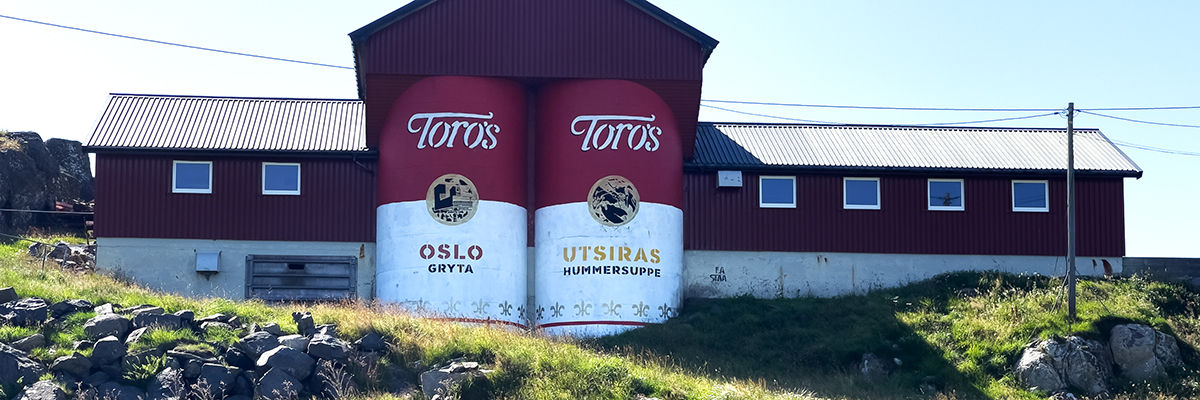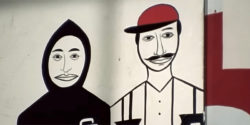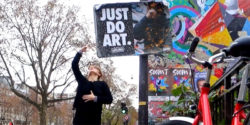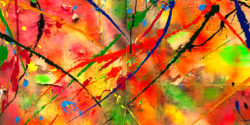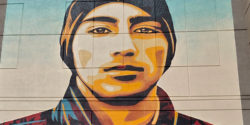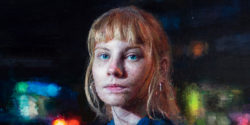Situated in the North Sea, 18 kilometers west of Haugesund, Utsira epitomizes Norway’s maritime heritage in Rogaland County. As the county’s smallest municipality, this 6.15-square-kilometer island with around 200 residents is deeply rooted in Norge traditions. Its historic dual-tower lighthouse has guided North Sea vessels since 1844.
Utsira not only boasts natural beauty and wildlife, including migratory birds and local livestock, but also showcases innovative sustainable energy projects, like their wind and hydrogen initiative from the early 2000s. Its archaeological treasures, from stone rings to burial mounds, echo the island’s deep heritage. Embracing both the old and new, Utsira has attracted international street artists here since 2014, enhancing its cultural tapestry. To experience this unique blend, take a ferry from Haugesund.
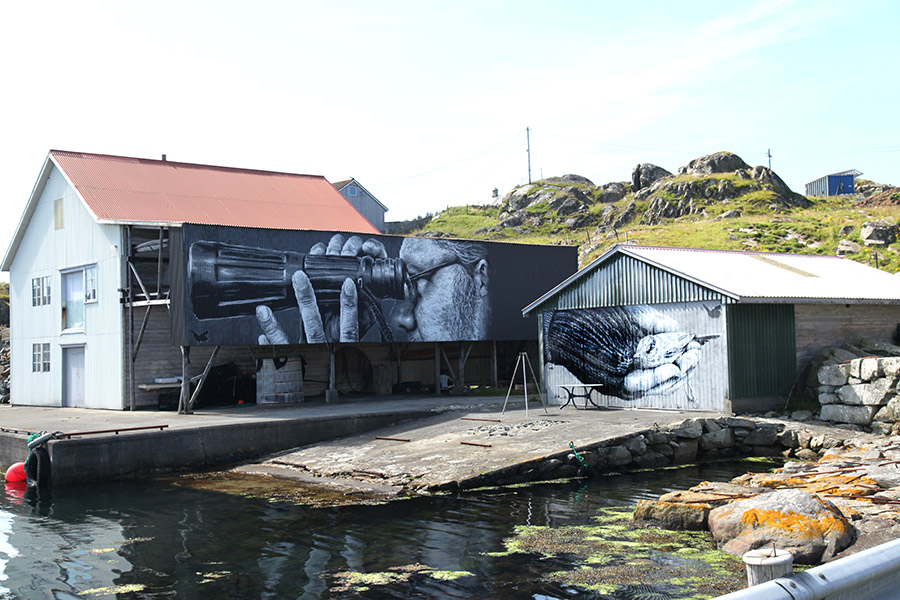
Icy & Sot, Issac Cordal, Pichiavo and Borondo have all created artworks here, so have SNIK, Hama Woods, and JPS, and several others during the last decade. The names are only as important as their proximity to a fan, as it turns out. As you cycle along the narrow winding roads or trek up the rocky hills, you might overlook it at first, but there’s likely a piece of street art nearby – just beyond where those two rams are butting heads.
Visiting the Utsira island for the first time in August of that year, public art curators and organizers Tor Ståle Moen and Borghild Marie were very curious about how the islanders would react to their idea. Would they welcome or resist the idea of bringing street artists to paint old barn doors or enormous seaside boulders in this pristine and remote home to 211 people?
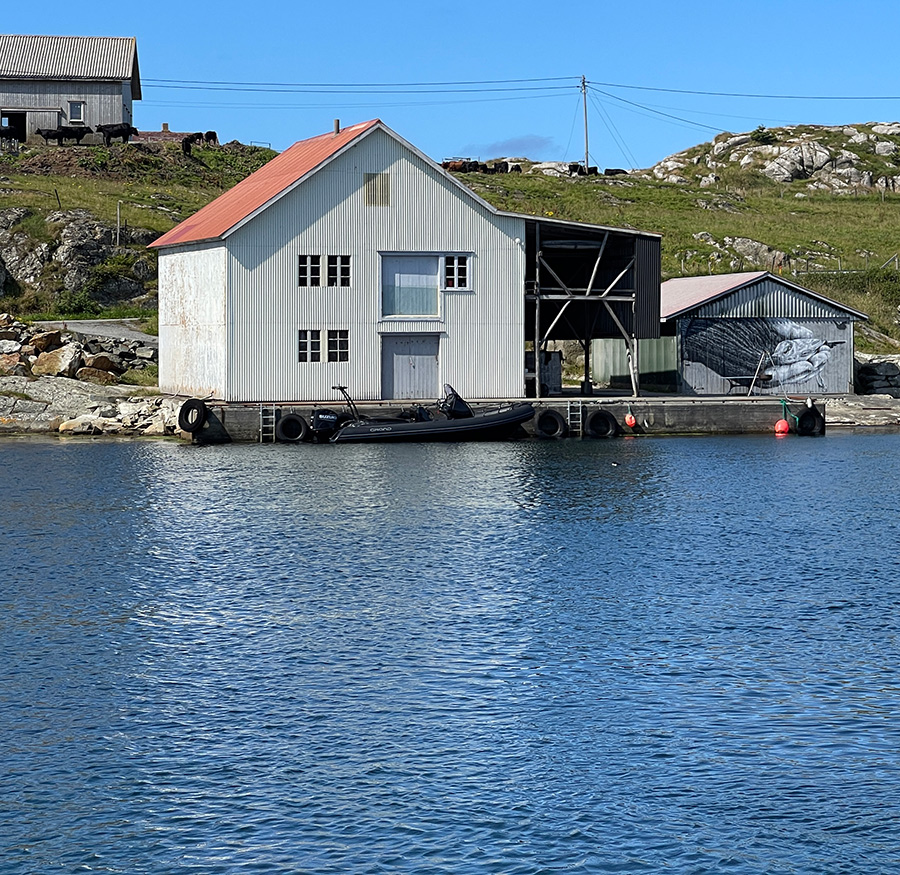
“The island was 100% “clean” from any tags, graffiti, and street art,” says Tor. “They didn’t even have the names of their streets at that time.”
The magnetic charm of the island’s pristine beauty, deep-rooted history, and innovative spirit drew the duo back, time and again, to see more of the terrain and classic Norwegian architecture, and close-knit community. Over the span of a decade, people here warmly welcomed a handpicked ensemble of street artists, each personally cherished or inspiring to the pair. First-timers on the island are now treated to a subtly integrated treasure hunt of site-specific artworks tucked away and openly displayed in equal measure. The island’s lively art program has quietly become a shining example of how tight-knit communities can joyfully embrace the language of street art, all while celebrating and safeguarding their rich cultural heritage.
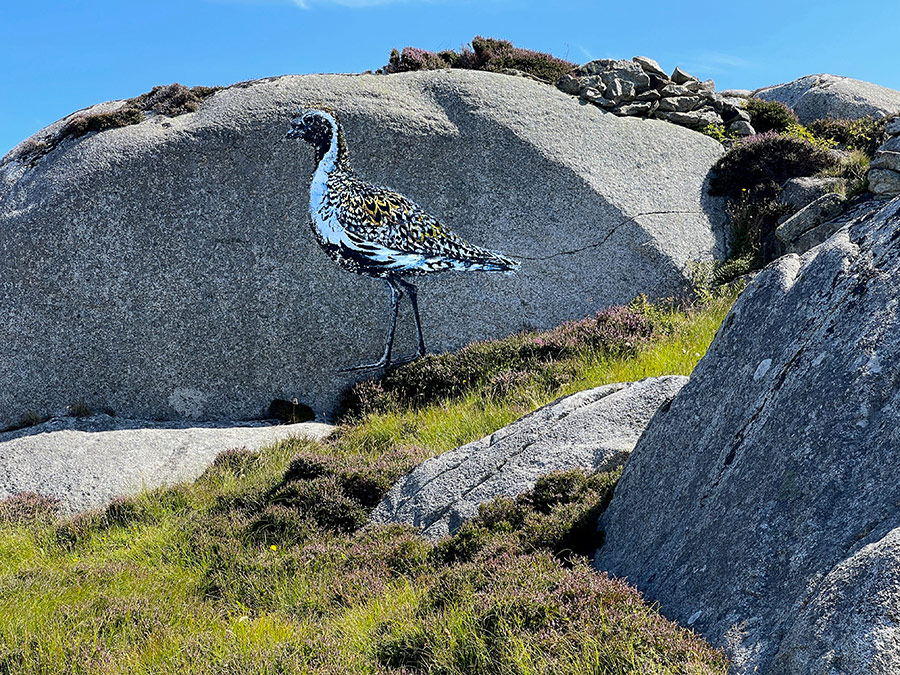
“The white-painted picturesque old-fashioned Norwegian wood houses were perfectly blended with the green and grey colored landscape,” Tor says of the environment where he and Borghild first inquired about their idea. “The answers came quickly as many people were interested in observing one of the artists while they were painting—and they positively commented on their art.”
“The oldest person living on the island, Tobias, was 87. He approached us and said, ‘There are too many grey walls in this world. Would you like to come over to my house and paint my wall in front?’ Of course, we reacted positively, and the artist ‘3 Fountains’ painted two kissing kids in front of his house. Tobias both smiled and had tears in his eyes when he saw the piece for the first time,” says Tor.
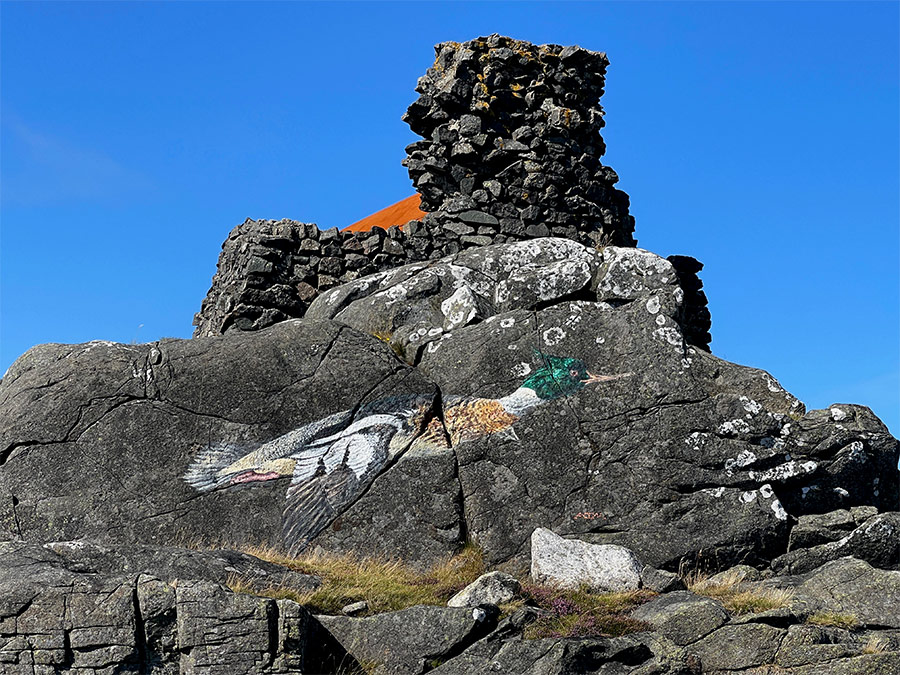
“‘Now, doesn’t the wall look much better?’” Tobias told Tor. “I used to work as a sailor back in the day, and I have seen street art in New York, Rio De Janeiro, and other cities back in the 70’s and 80’s. Finally, I can now see street art on my island. Thank you very much.”
We spoke with Tor Ståle Moen and Borghild Marie as they prepared to celebrate ten years of curating street art on the island of Utsira and asked them about their experiences there.
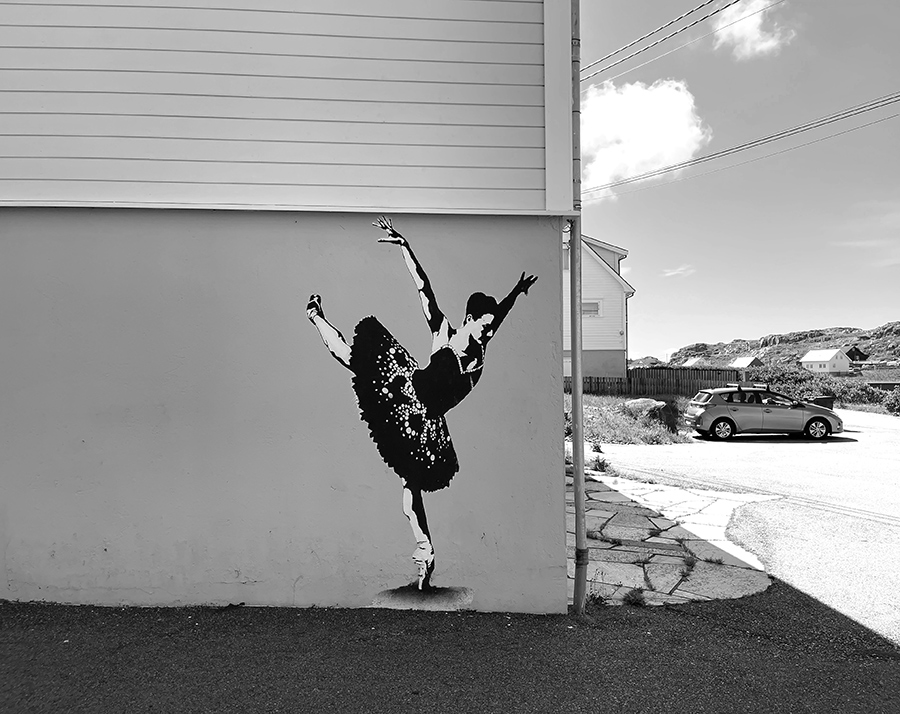
BSA: What were the origins of bringing street art to Utsira? How was the idea formed and presented?
TSM & BM: Several of Tor’s street art friends wanted to come to Stavanger to paint, but Stavanger already had a festival curated by NuArt. Borghild Marie knew Utsira, with its unique environment and engaged population with Tove Grimsby as a passionate doer. So she wrote Tove, and asked if this tiny Island without street names wanted some street art. The answer was loud and clear: ‘Yes, please!’
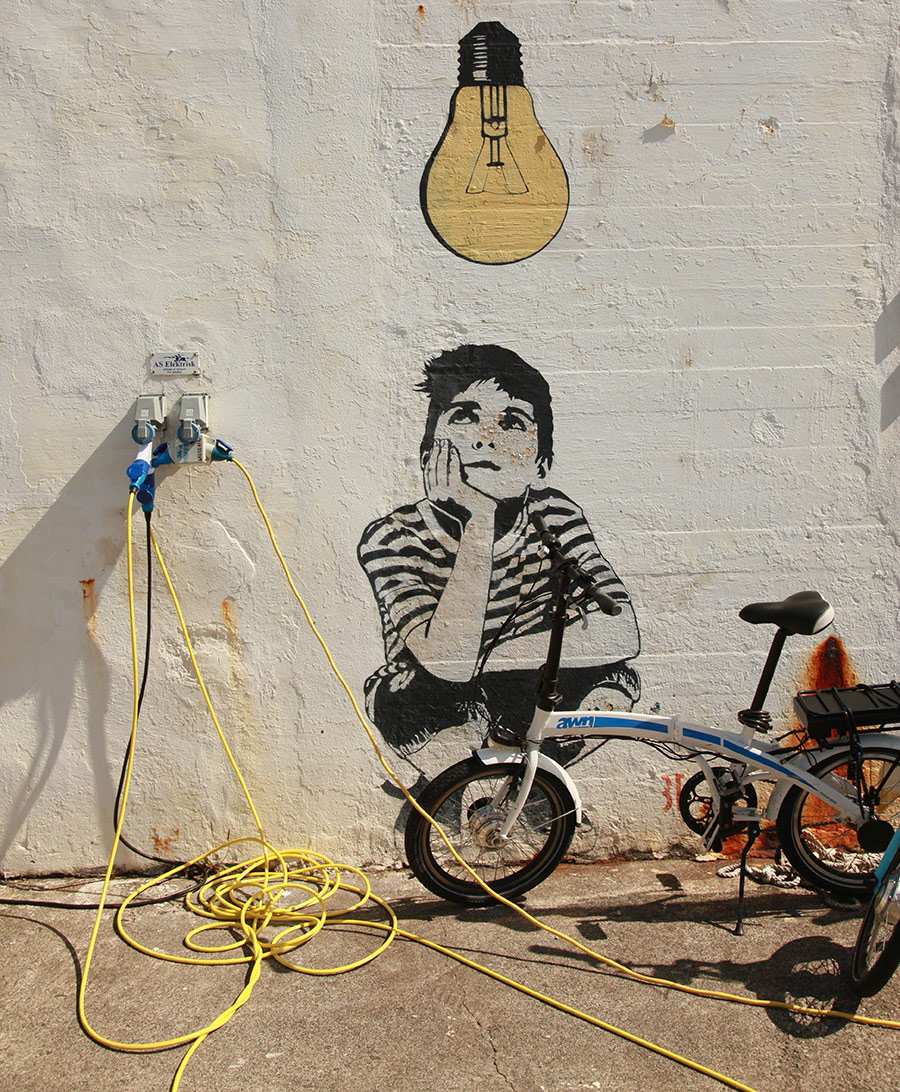
BSA: Does the project rely on public funding? Is there funding coming from private donors?
TSM & BM: The project has been supported by both public and private funding, but primarily with public funding, the Utsira municipality and the region of Rogaland as major donors. But private donors have helped with labor, material, food, housing, and support with travel costs, etcetera. The whole island has contributed, and we have as well.
BSA: Who is the project manager or director? Is she/he/they based in Utsira?
TSM & BM: It’s more of a committee work, and by now, all involved are locals. We contribute as advisors when needed.
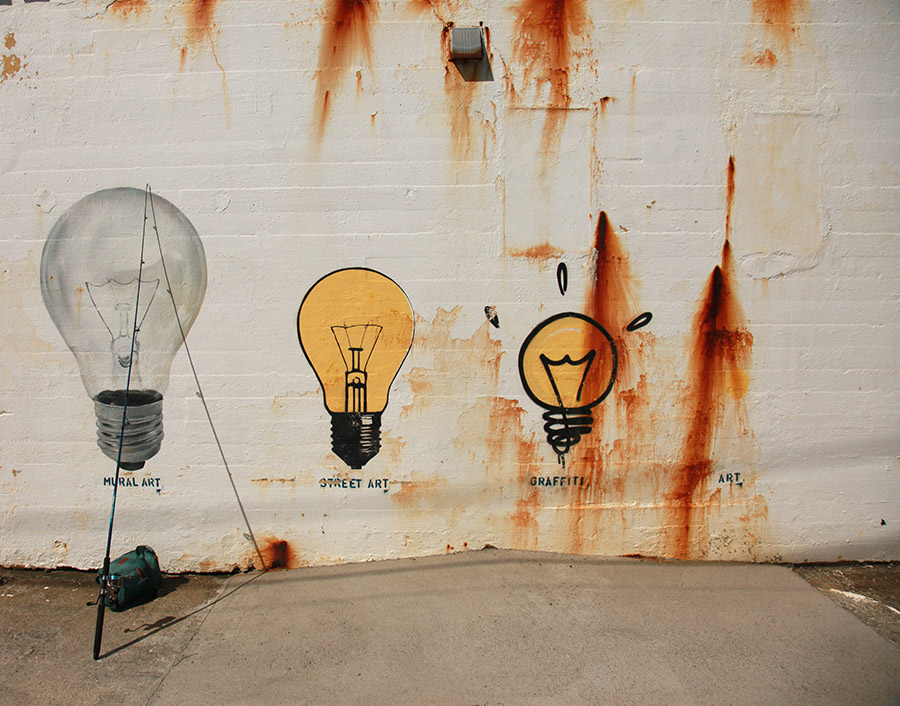
BSA: Can you speak about the residents and their involvement in the process? Did they have strong opinions in favor or against bringing street art to their island?
TSM & BM: The islanders have greeted the art and artists, with great warmth. They have baked cakes, cooked dinners, taken the artists fishing, and invited them to their homes. Many of the artists have engaged in teaching art techniques at the school, and Icy and Sot conducted a beach cleanup together with the islanders.
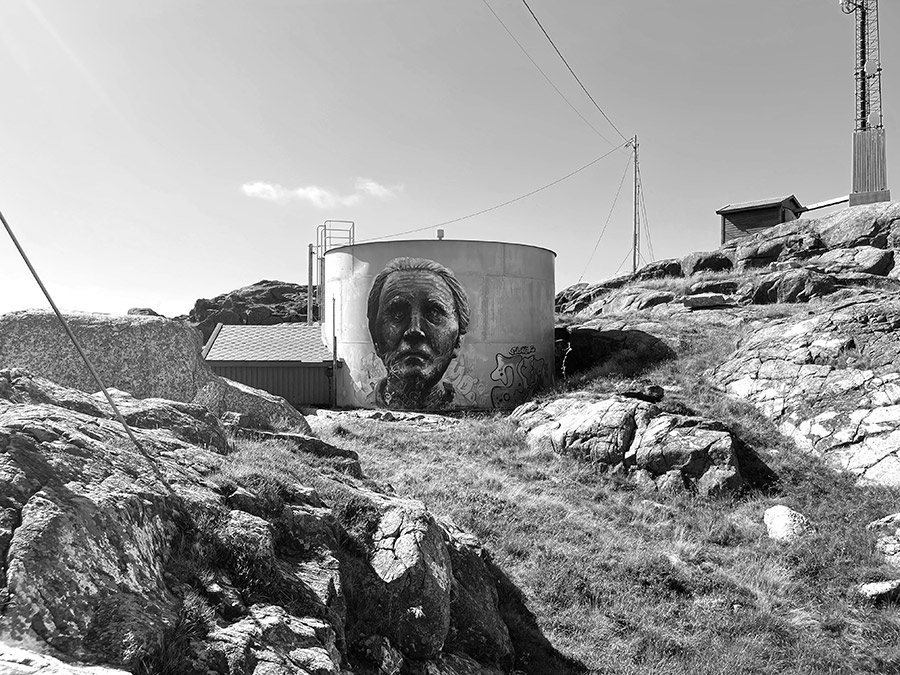
BSA: Can you describe the collaboration between Martyn Reed, who ran the Nuart Festival based in Stavanger, and this Utsira project? How has the project evolved over time?
TSM & BM: Nuart was invited to promote the events mutually to strengthen the whole region’s identity as a street art location, but their contribution is very limited.
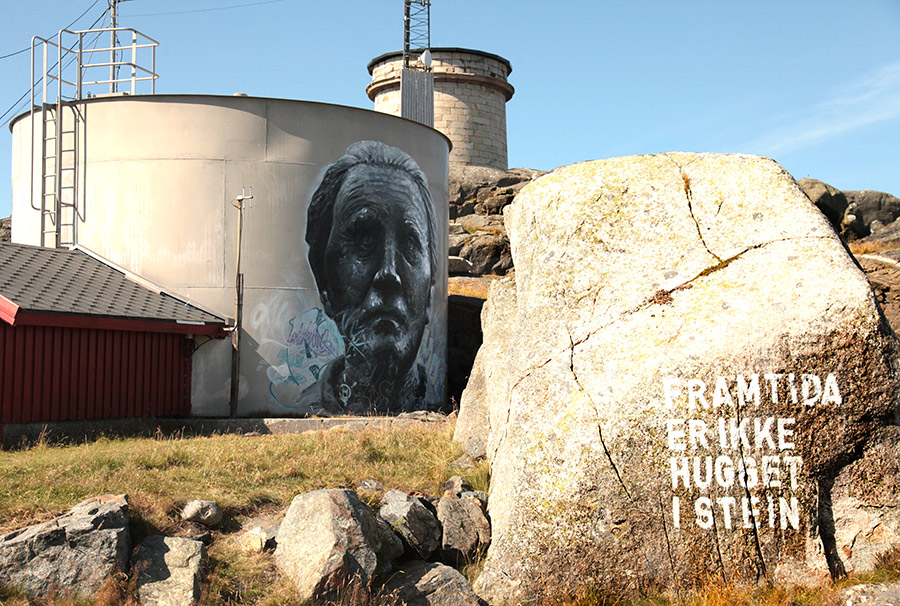
BSA: What’s the process of extending an invitation to an artist to participate? It is such a remote location – how does the artist live there, and who do they interact with?
TSM & BM: They have been housed in various ways, but most have stayed in the “artist in residence” space at the lighthouse.
BSA: Can you speak more about how residents have welcomed the artists and offered assistance or volunteered to help?
TSM & BM: As answered above, the response has been overwhelmingly engaged and heartfelt. Many have contributed with gear (ladders, etc.), food, friendship, nature experiences, babysitting, etc. They express gratitude because the art enhances the everyday life on the Island, bringing new impulses and people to the Island.
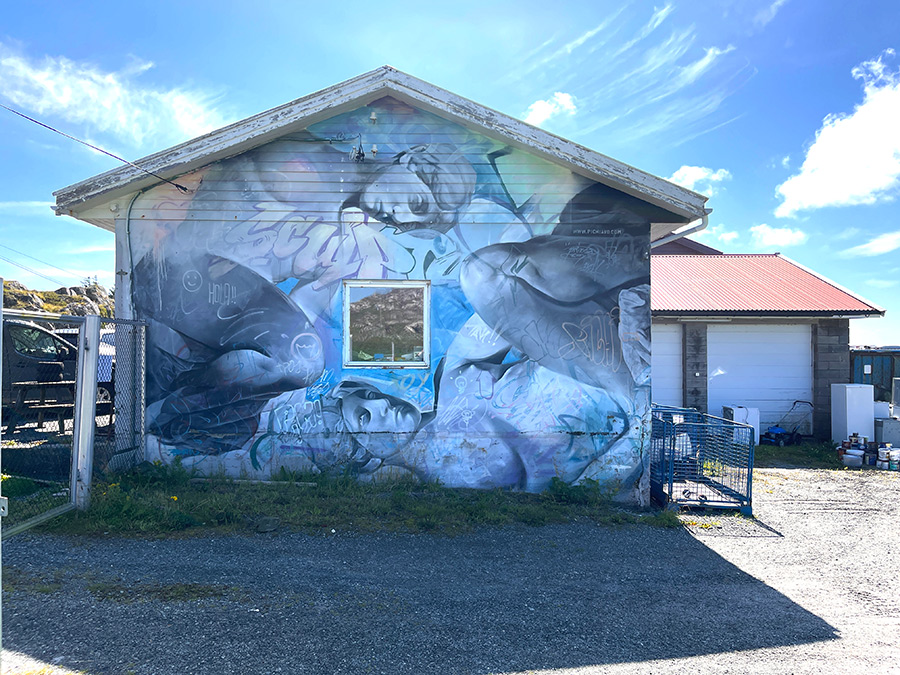
BSA: The project is now in its 10th anniversary and recently, the British duo Snik painted on the island. What are the plans for the future?
TSM & BM: We don’t know, but we have our eyes on big names who suit the Island well.
BSA: On a personal level, what does the project mean for you two, and how involved are you presently in bringing more artists to Utsira?
TSM & BM: We have a deeply felt love and passion for Utsira and will support the project with our network and advice. But it is equally important to us that the islanders own the event. It’s their environment, and the art should live and breathe their voice and pace.
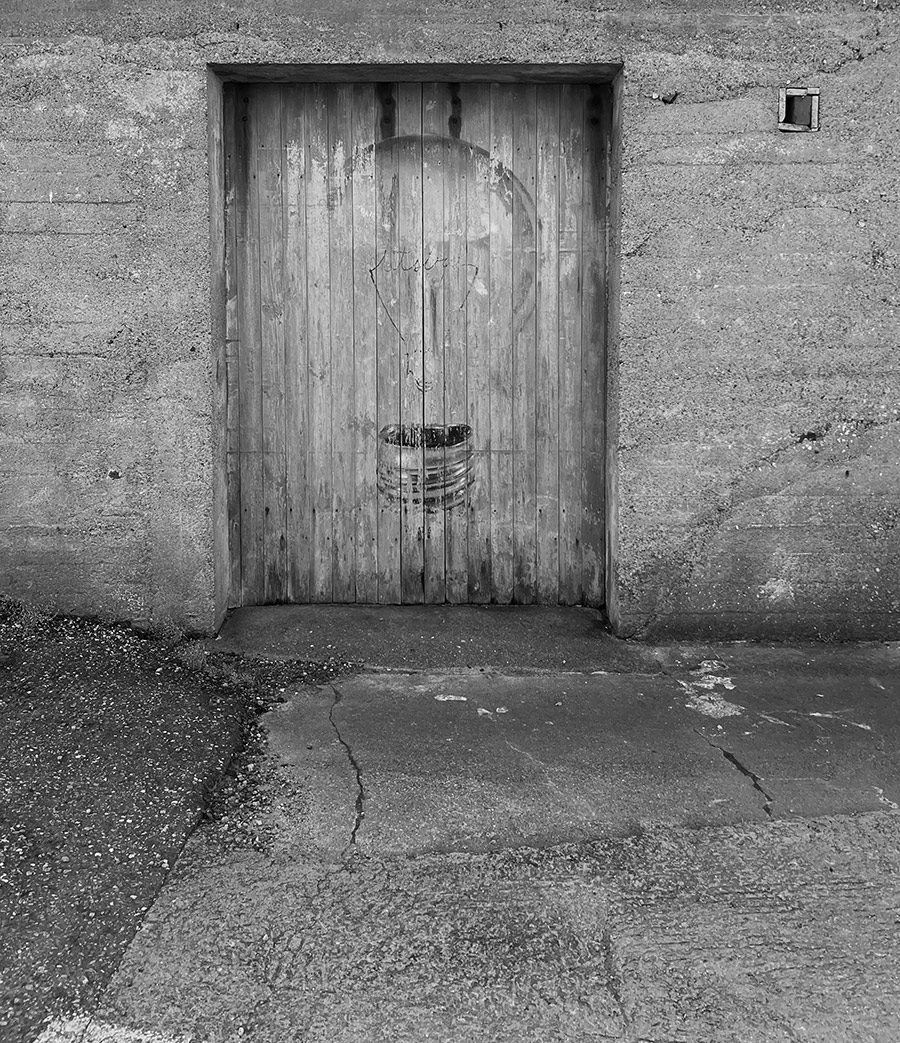
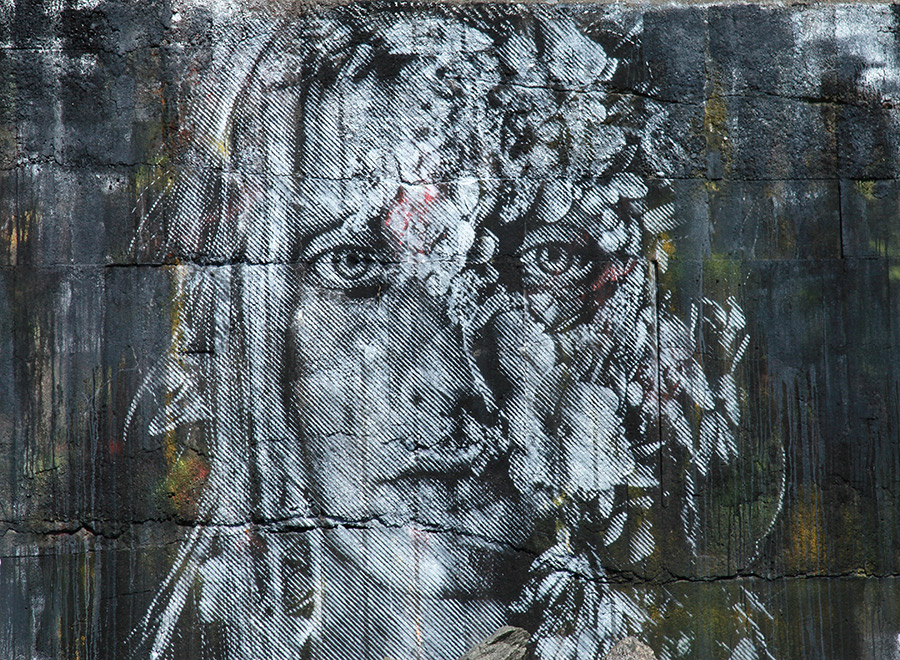
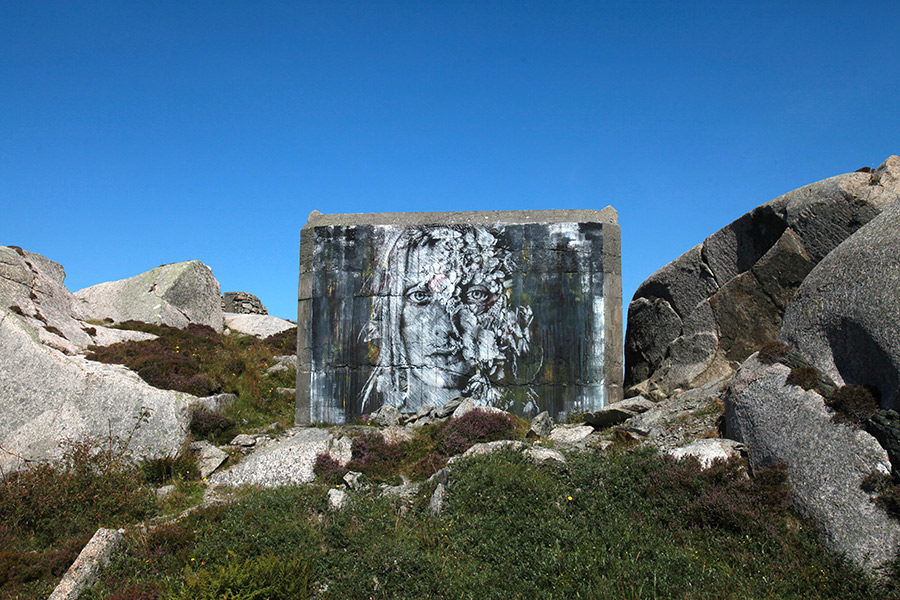
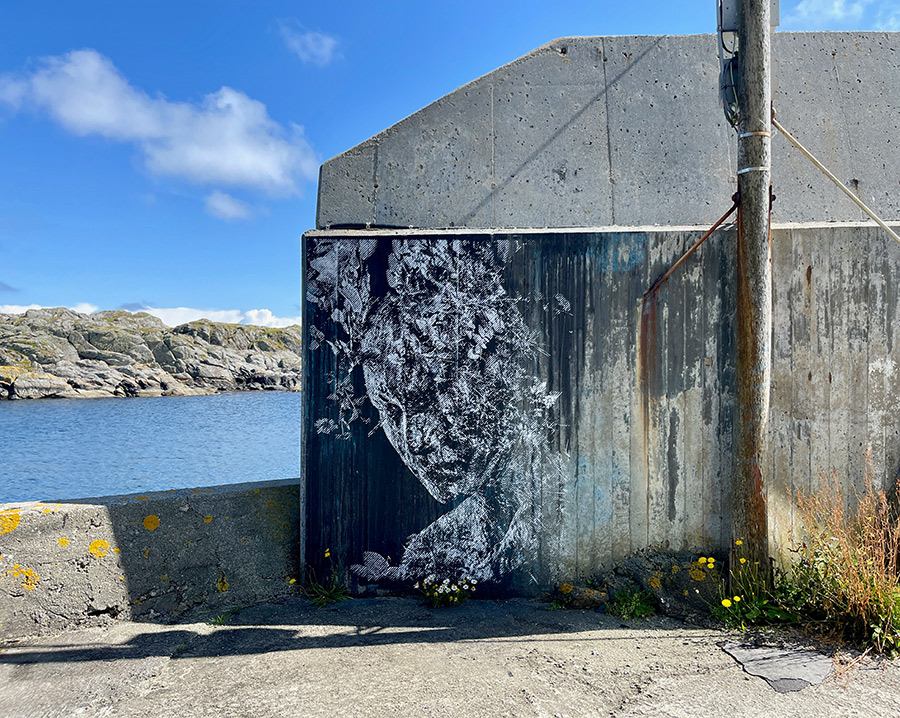
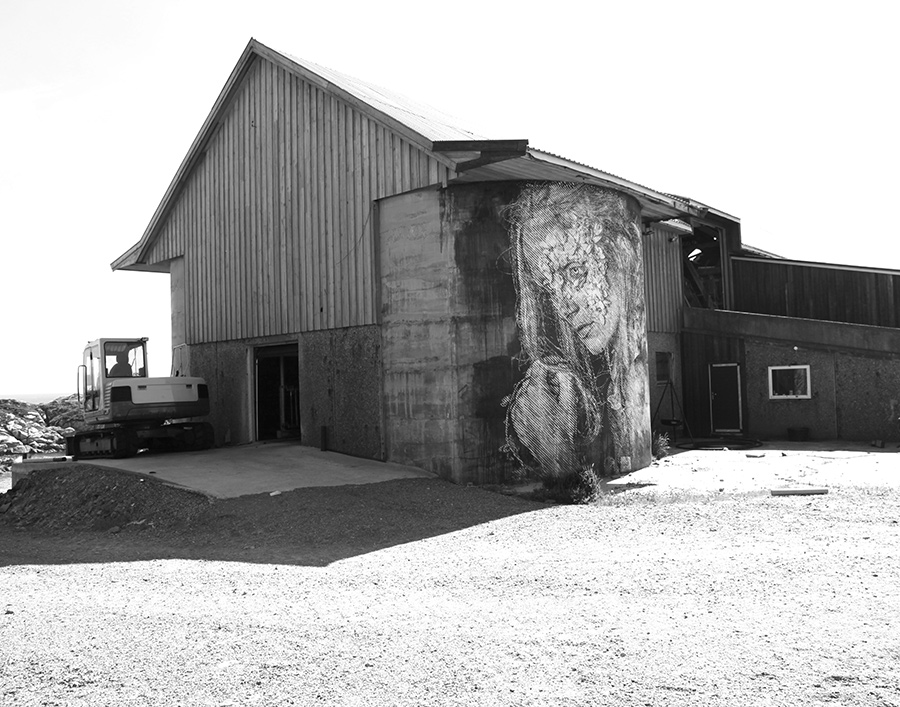
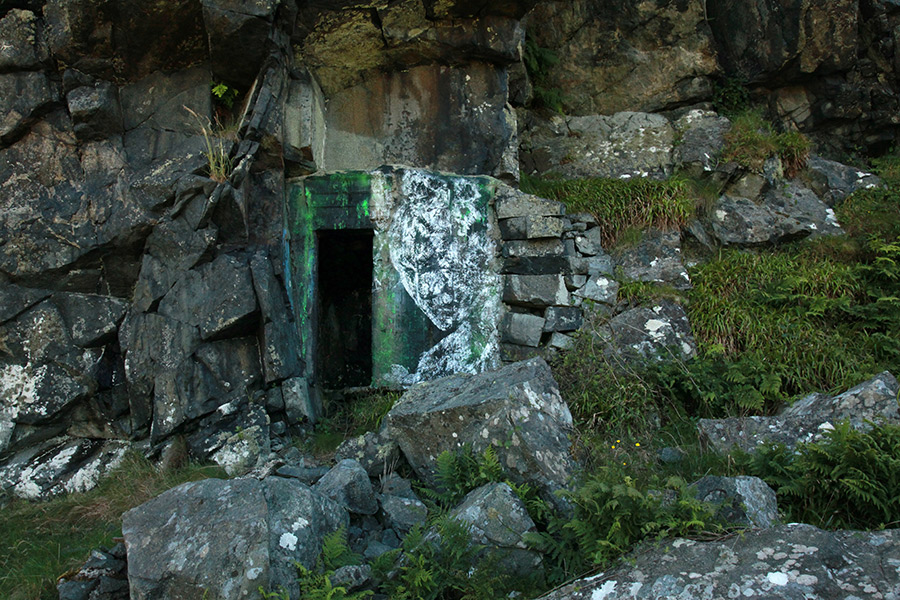
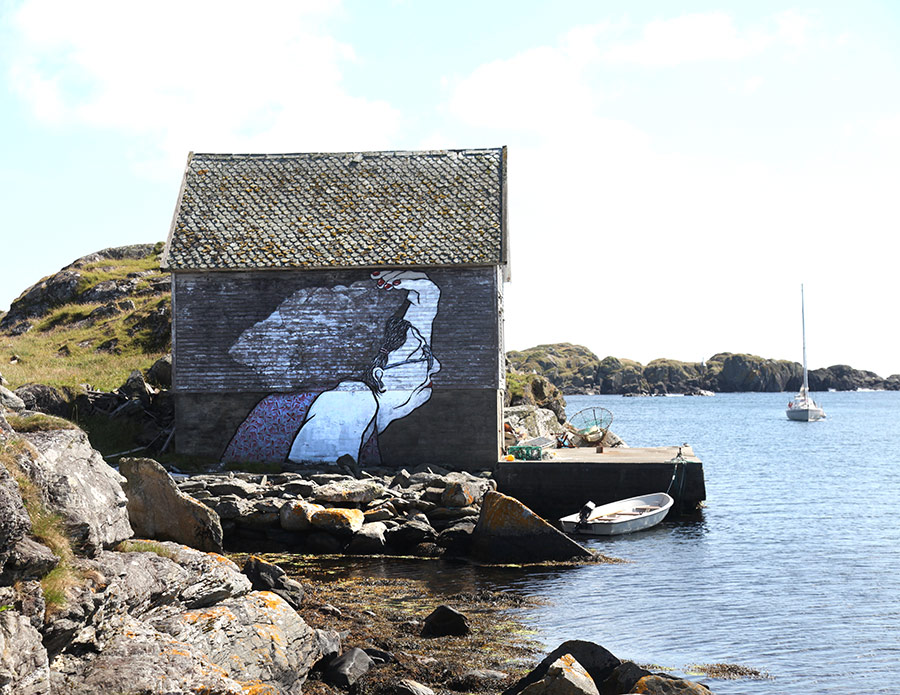
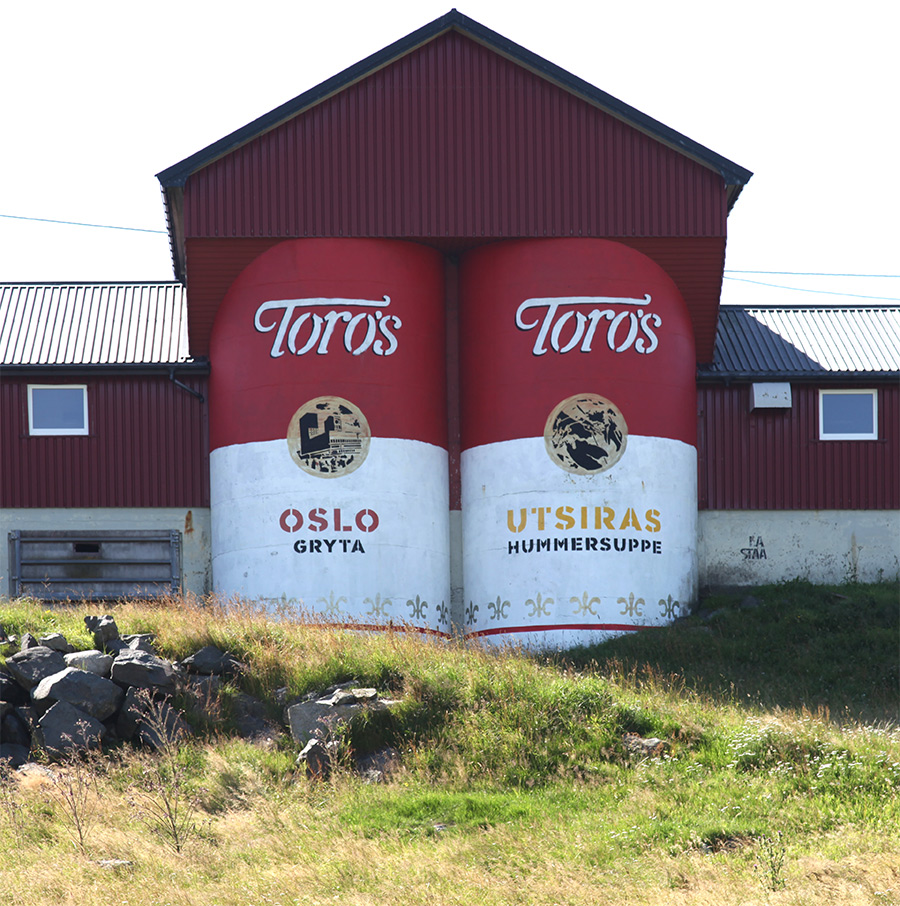
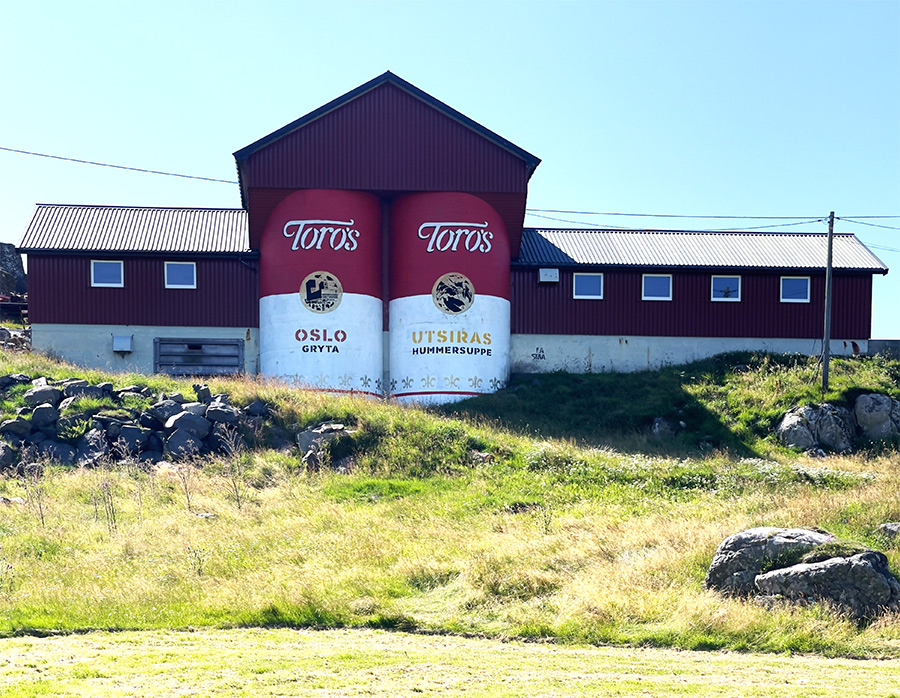
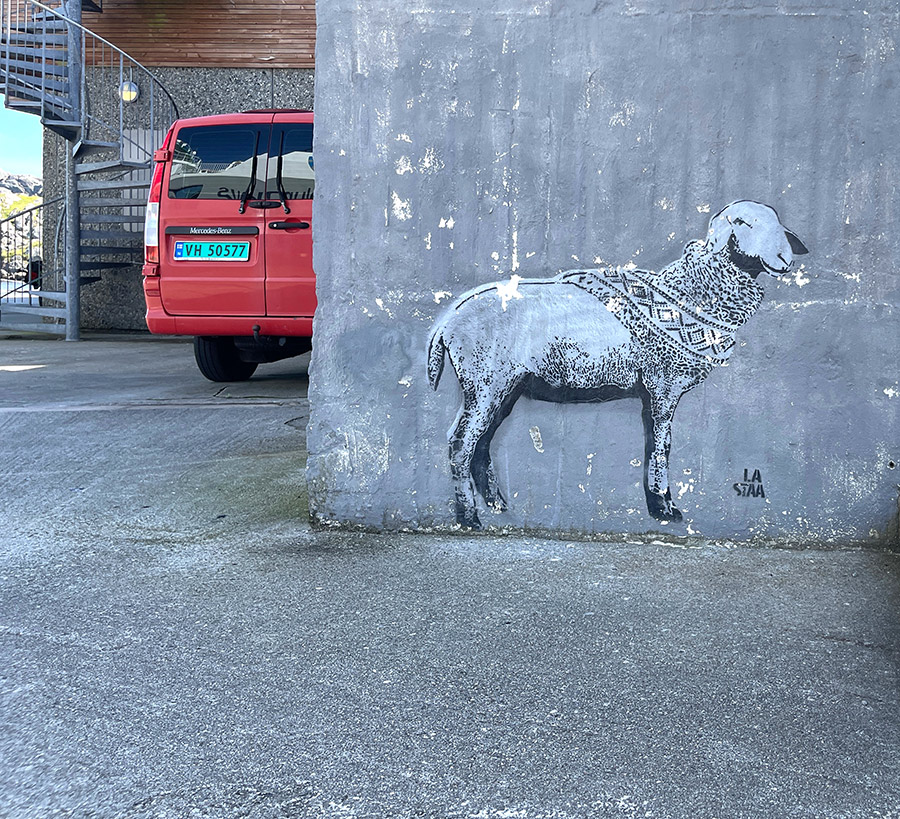
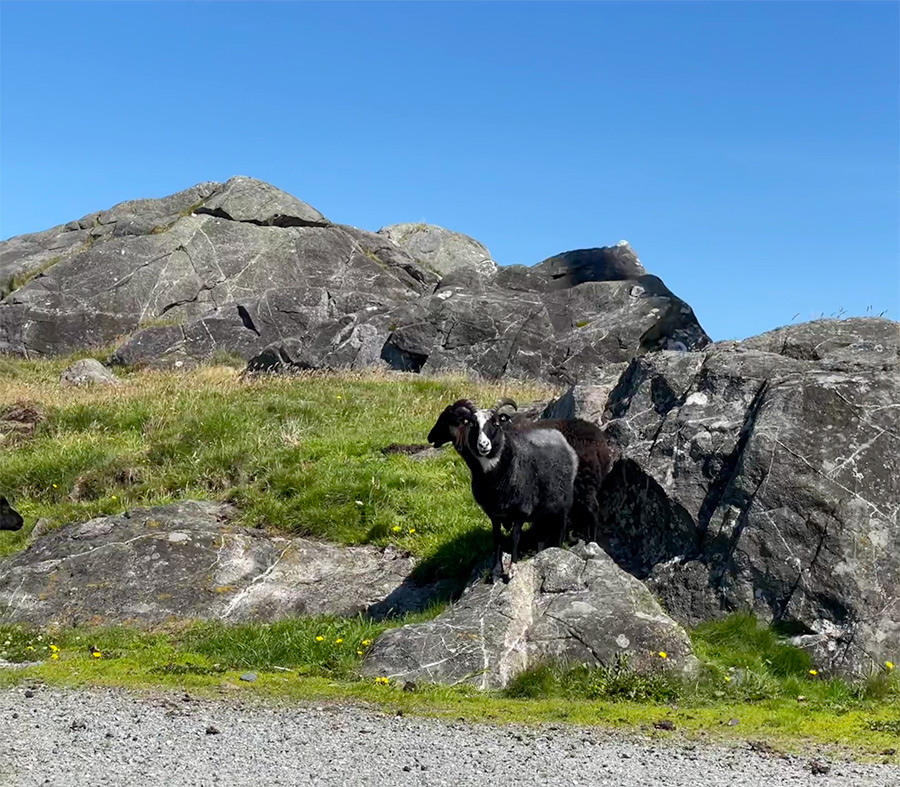
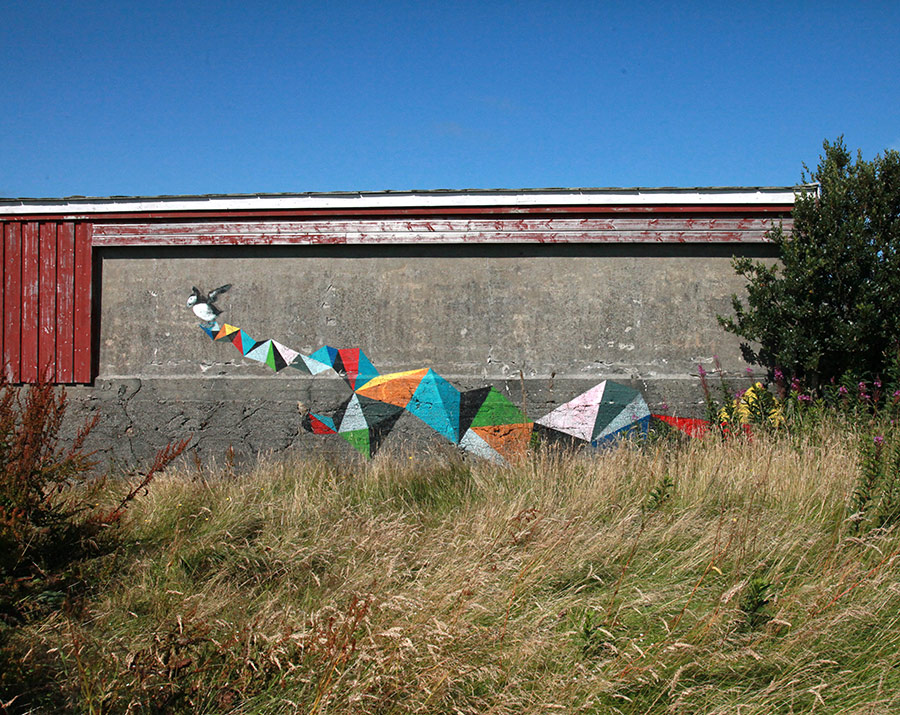
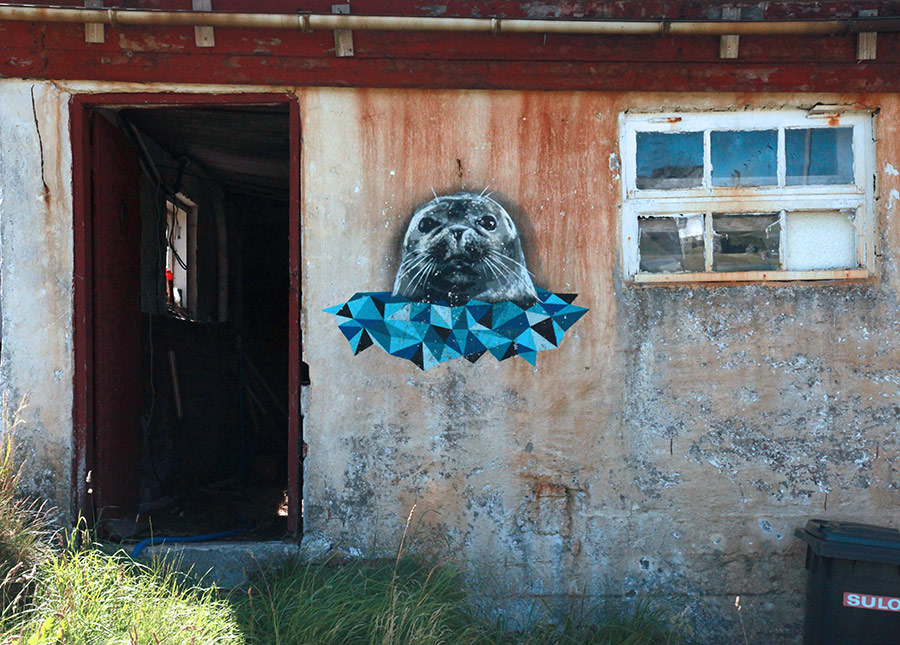
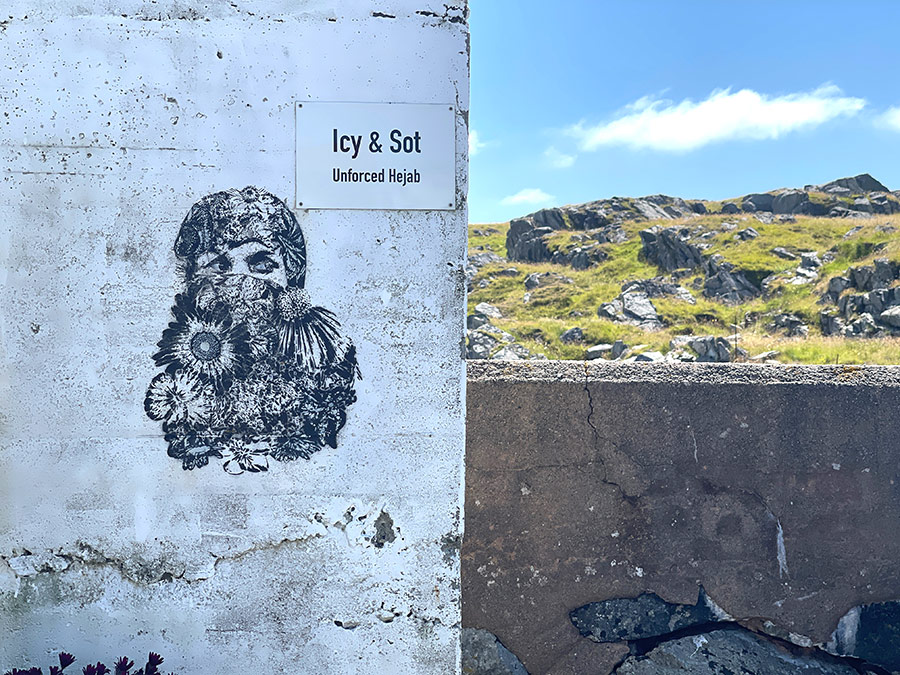
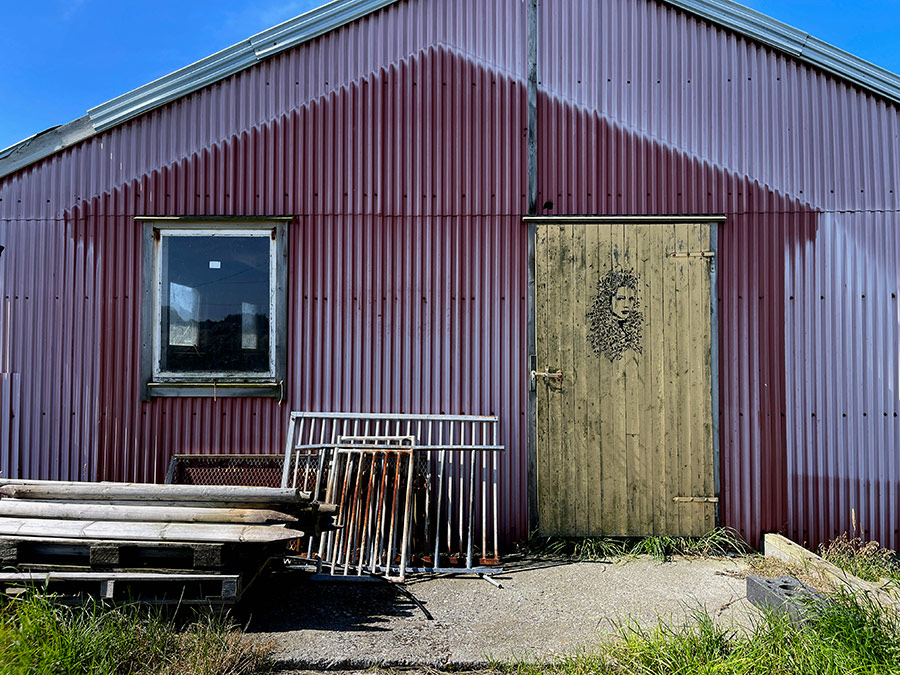
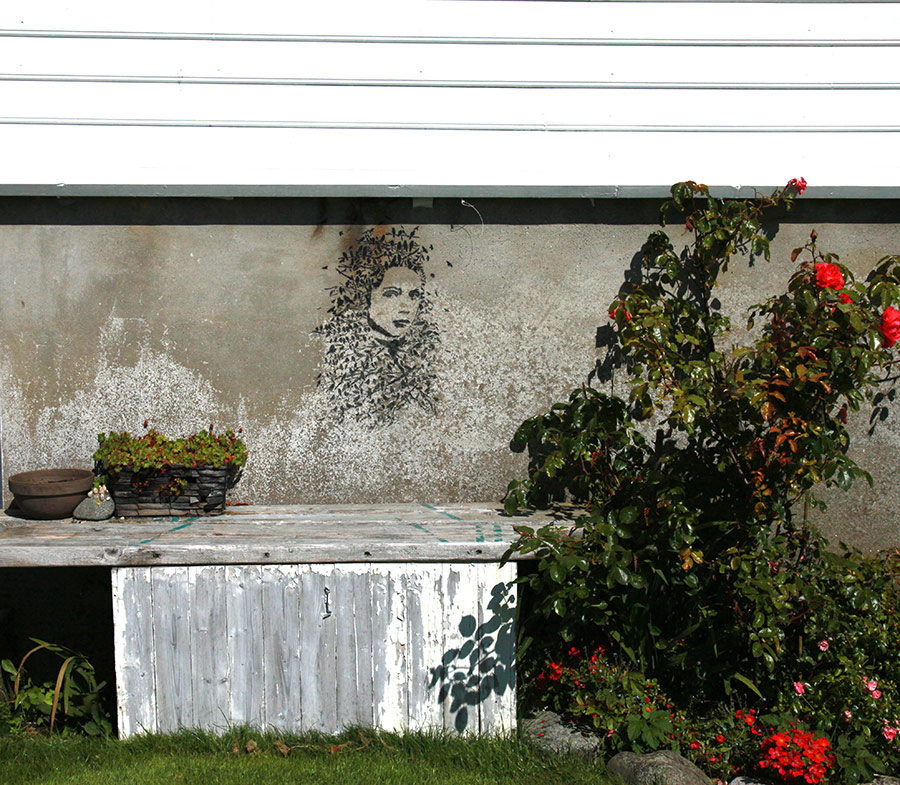
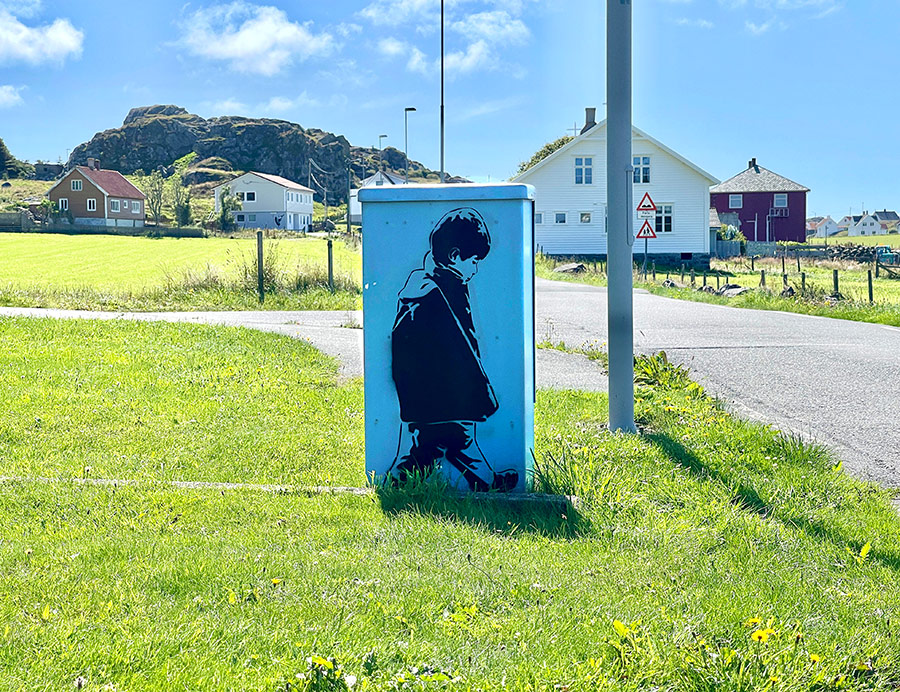
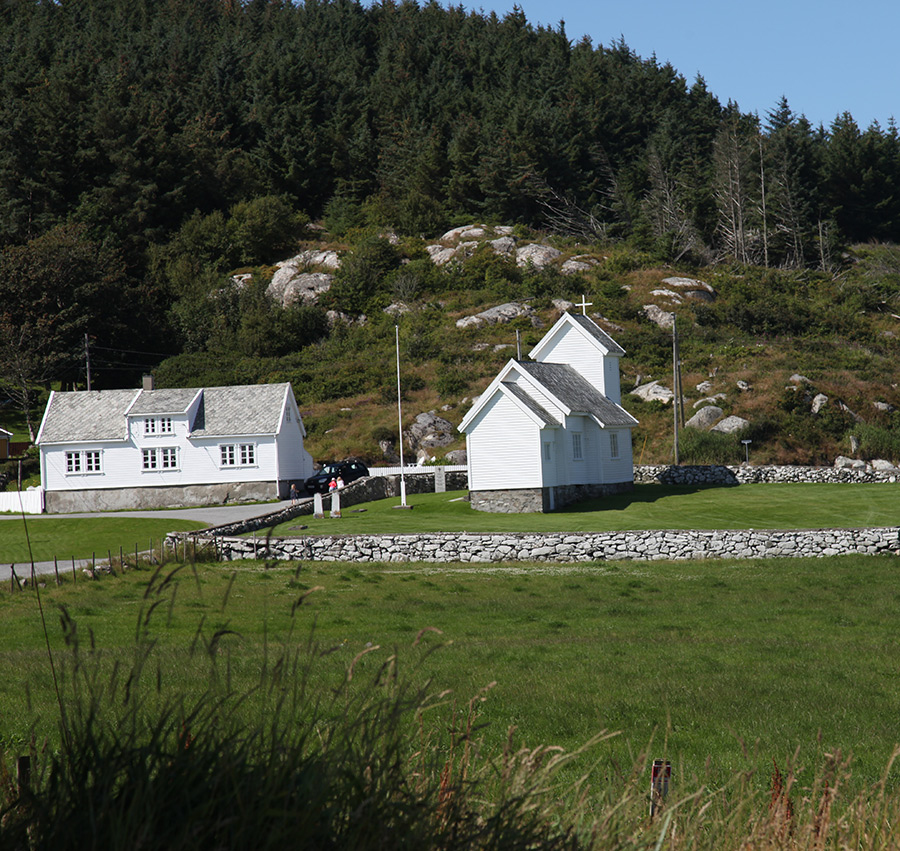

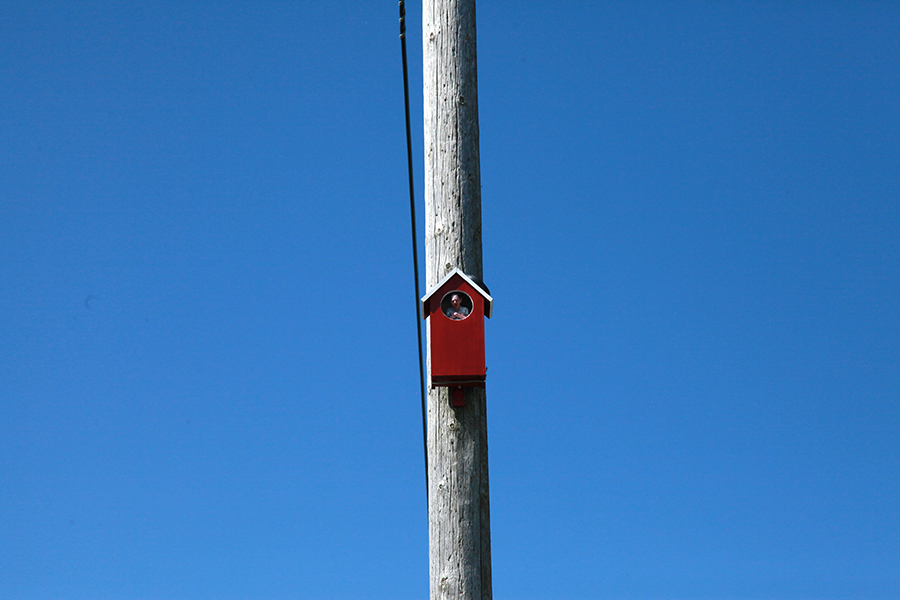
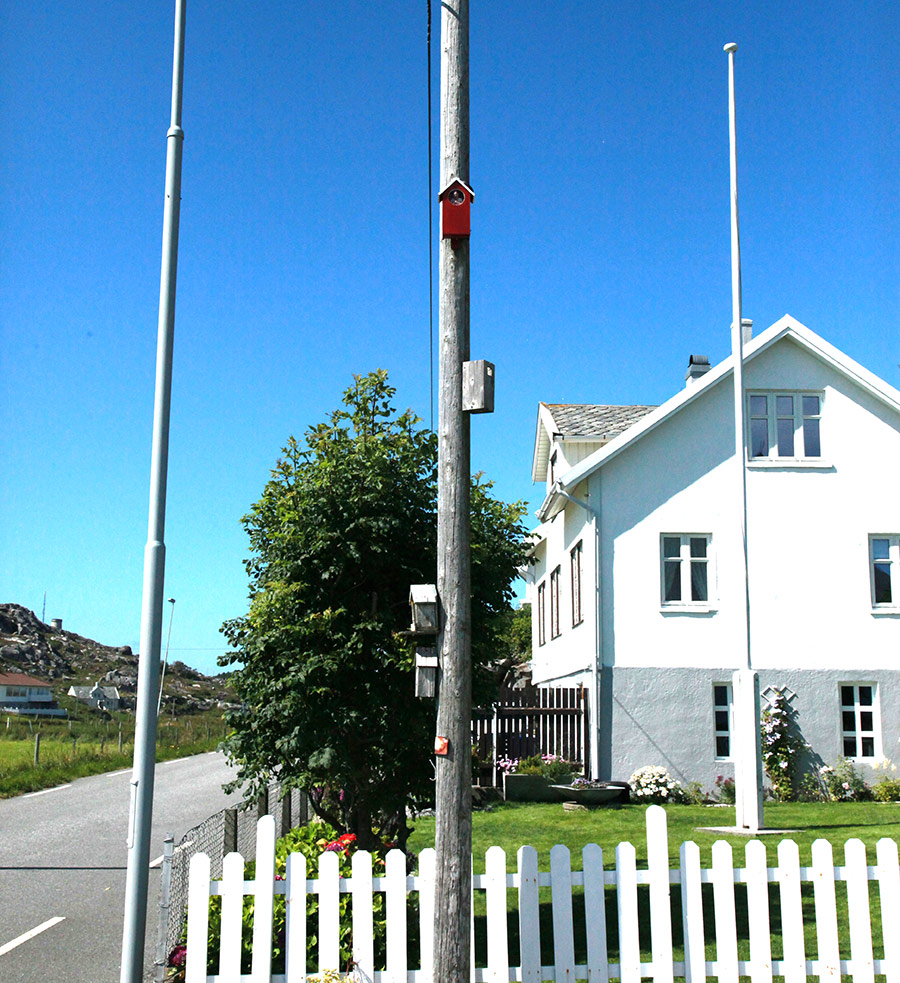
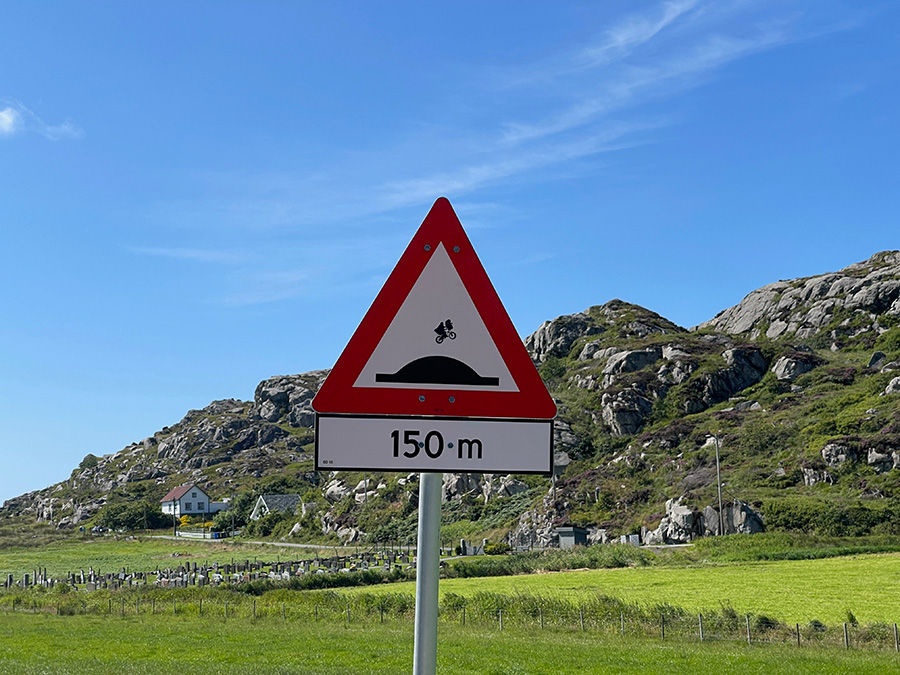
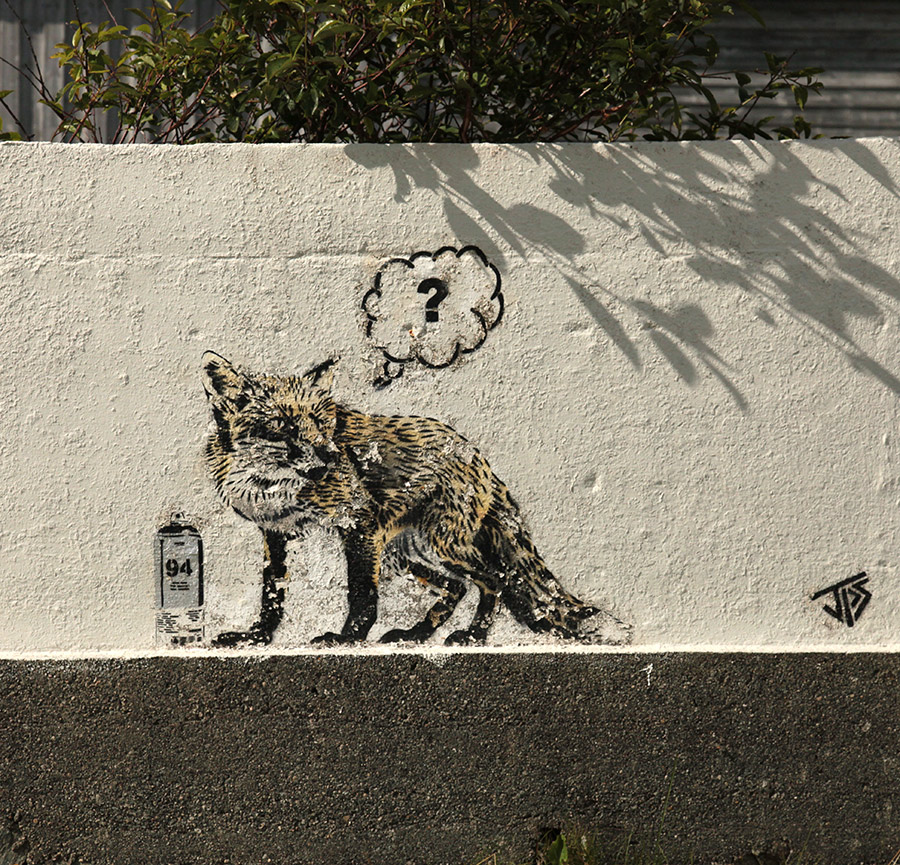
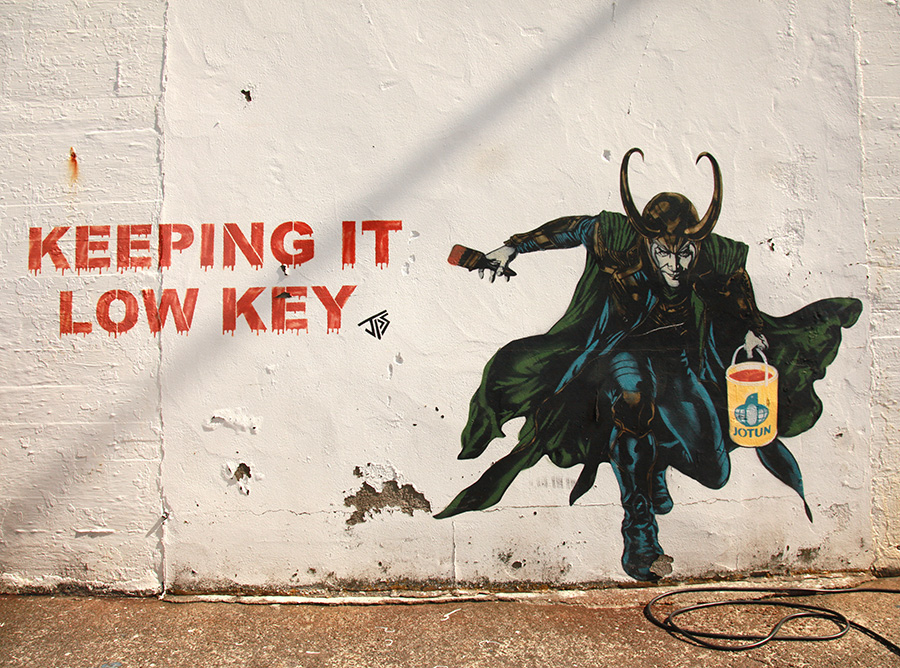
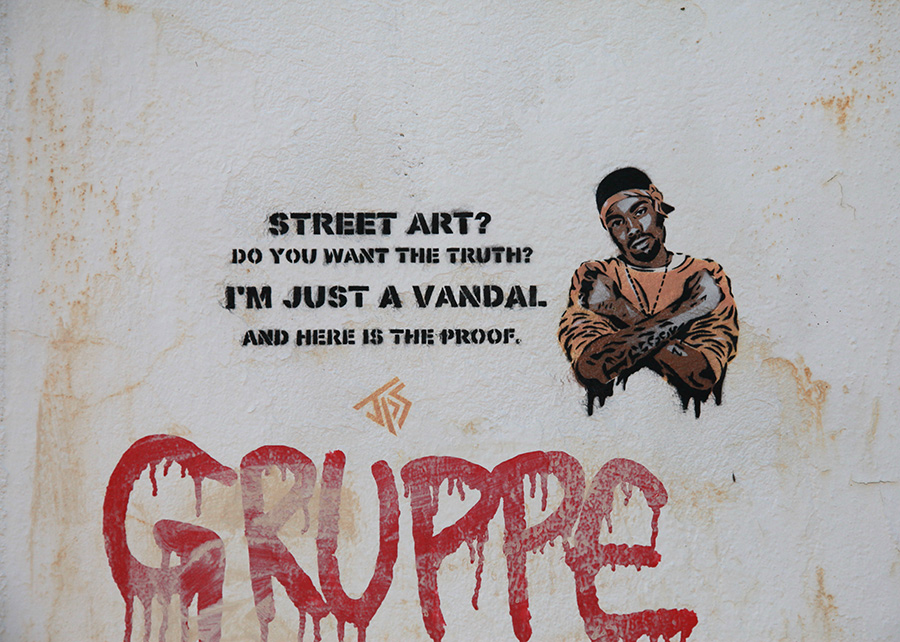
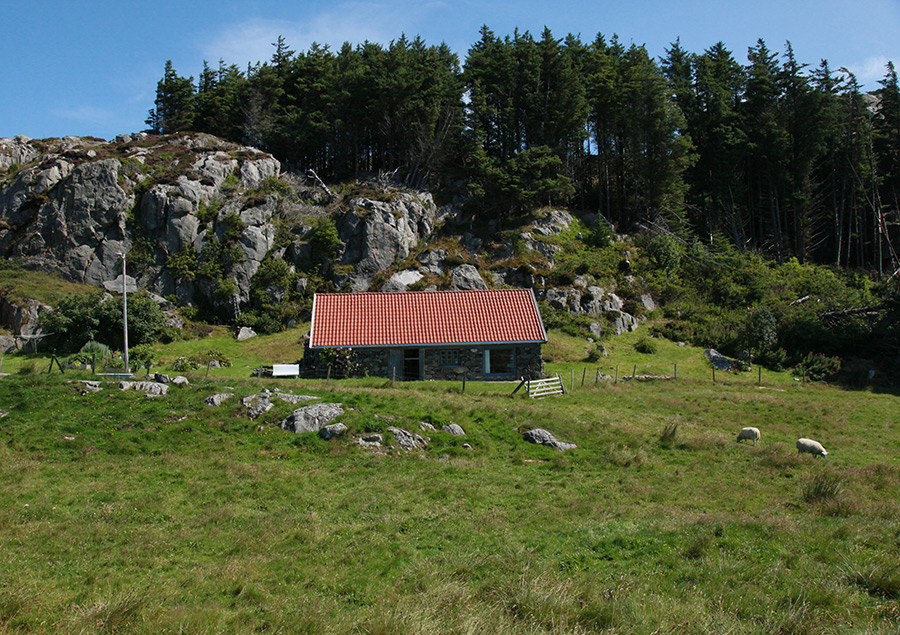
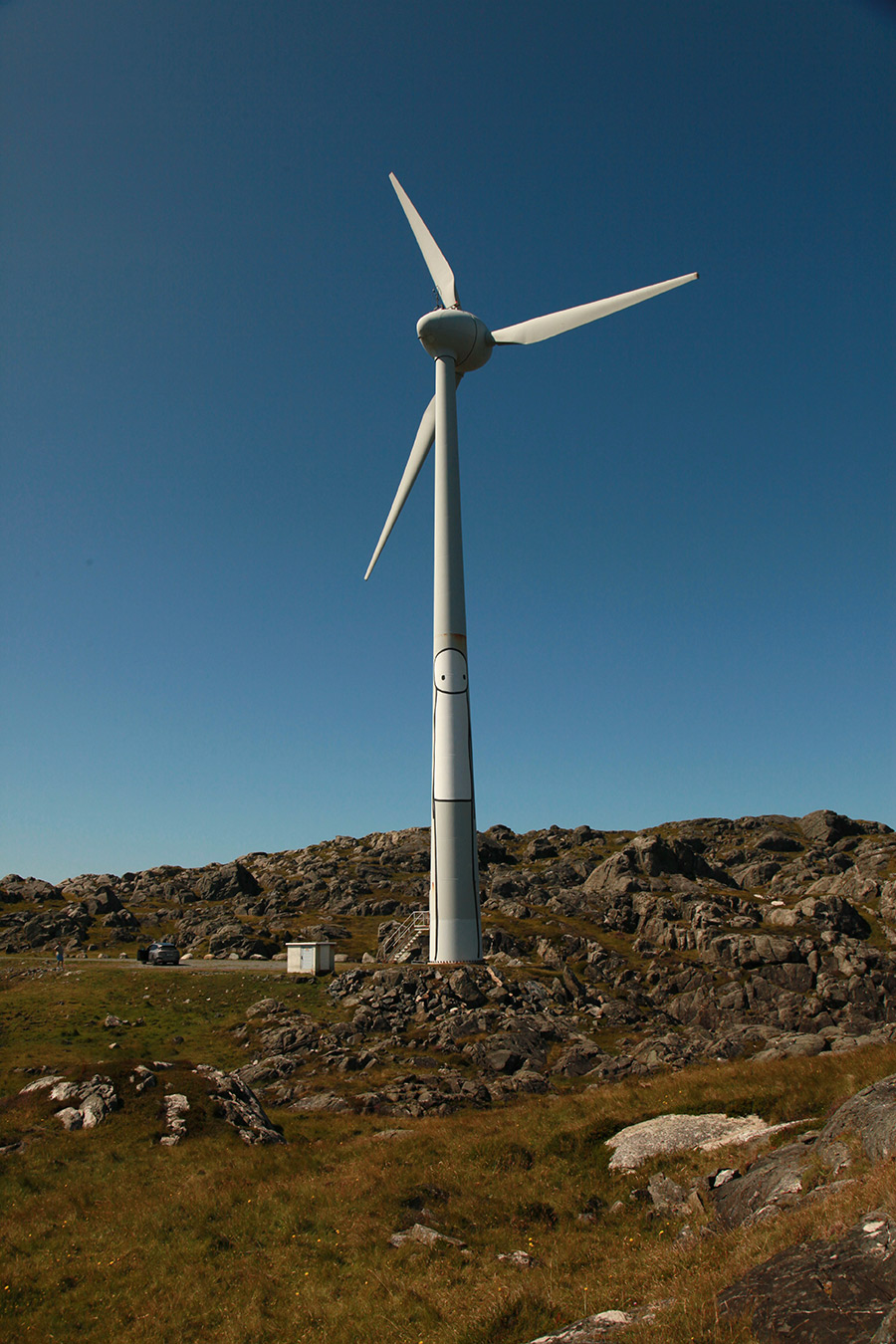
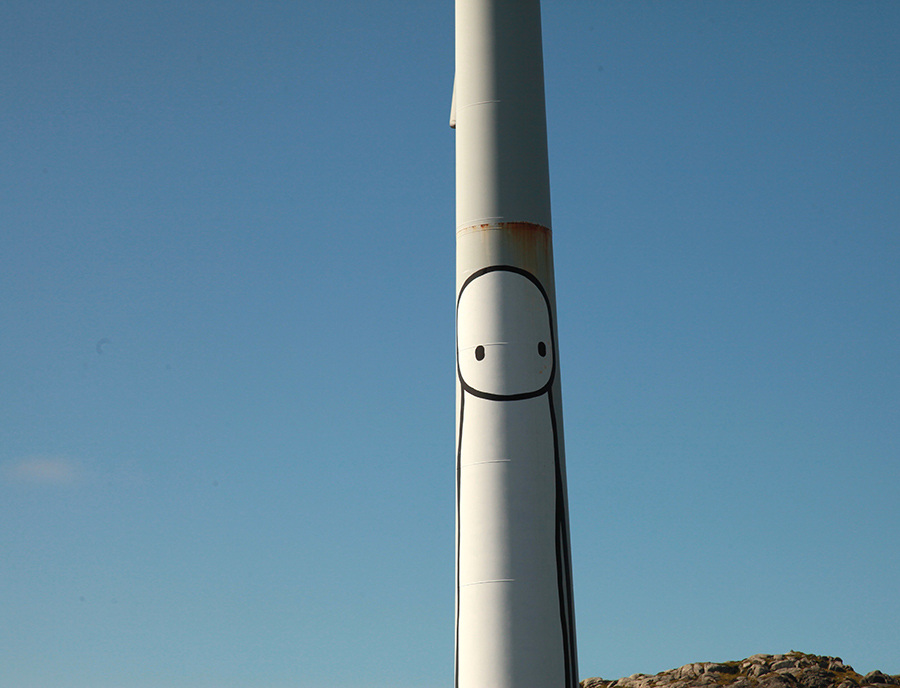
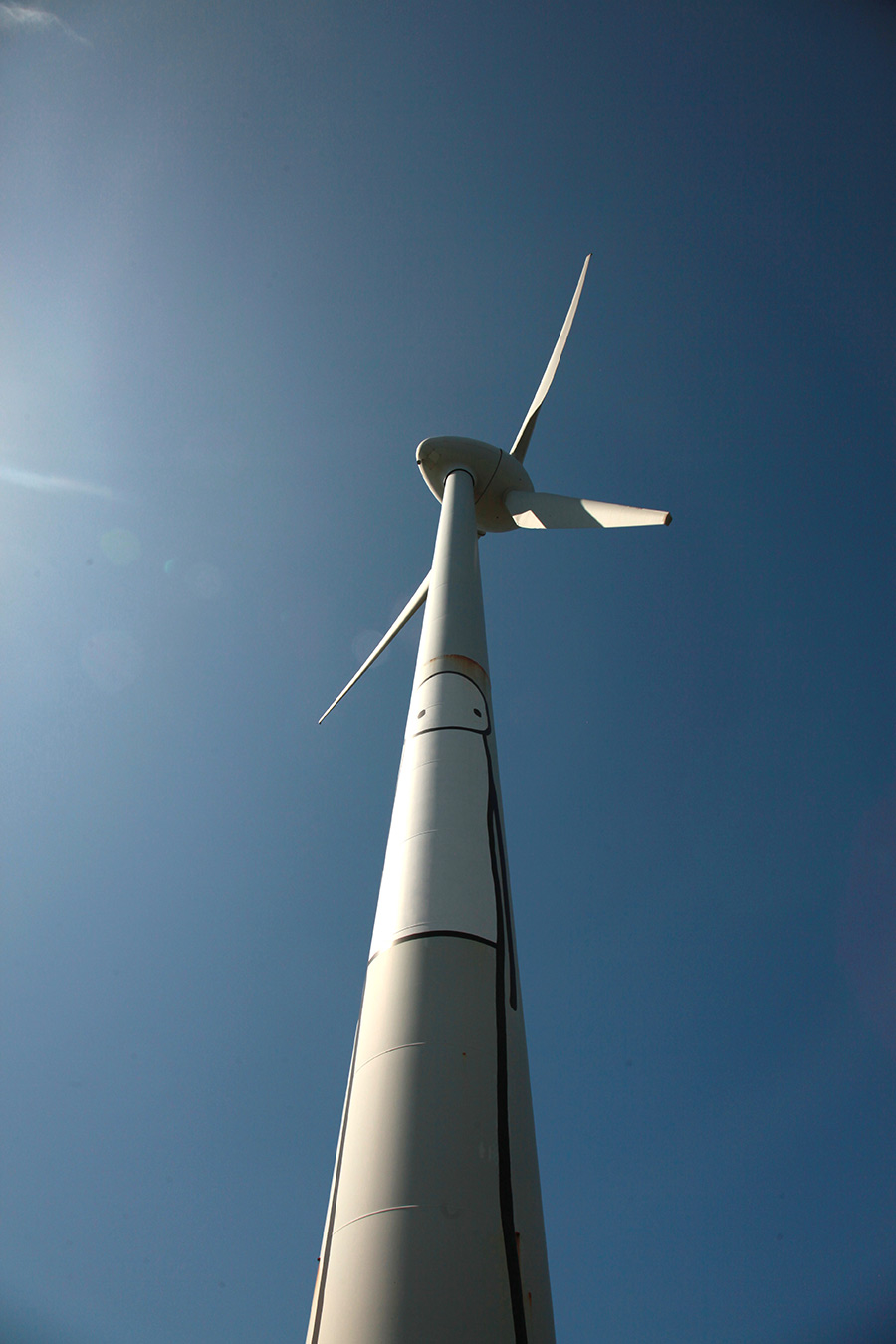
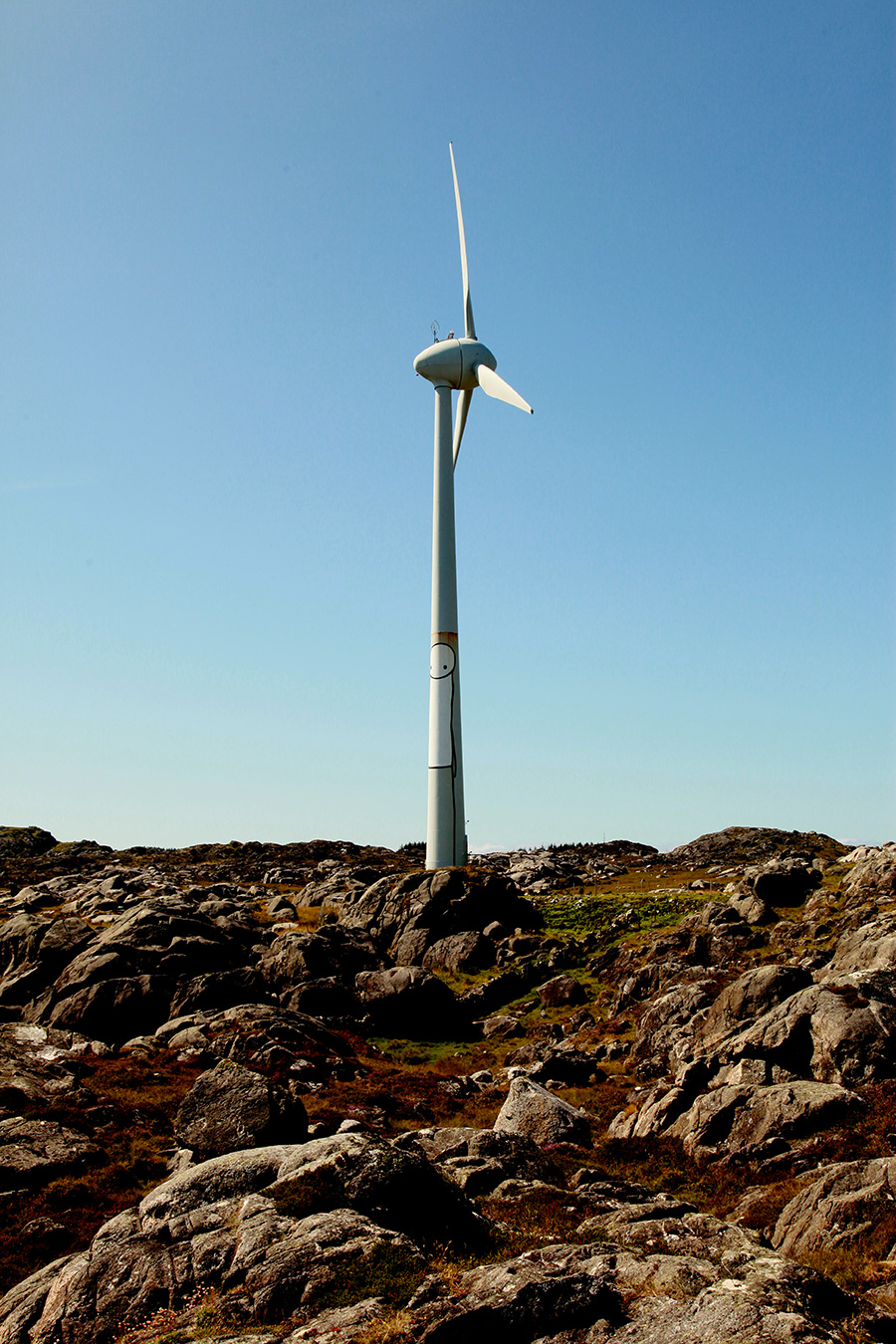
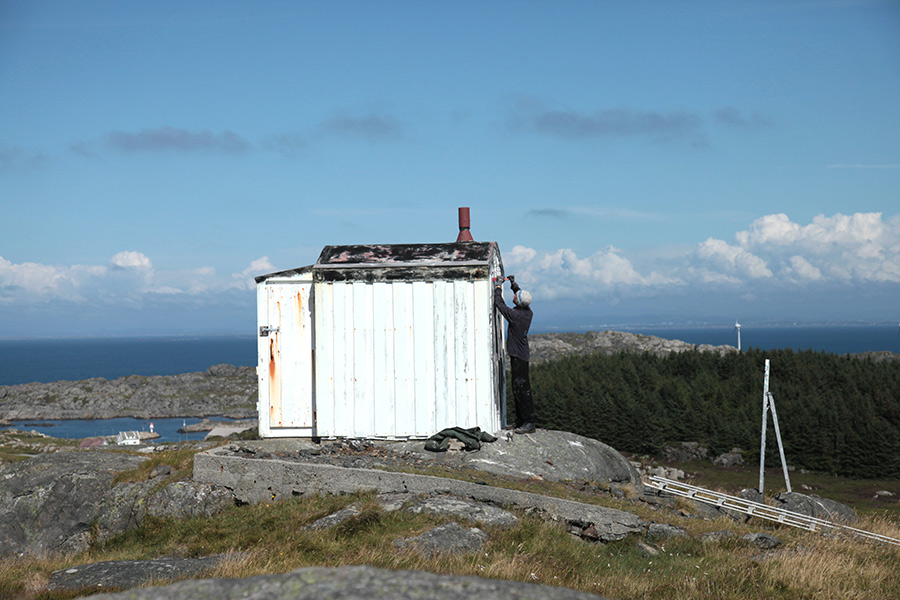
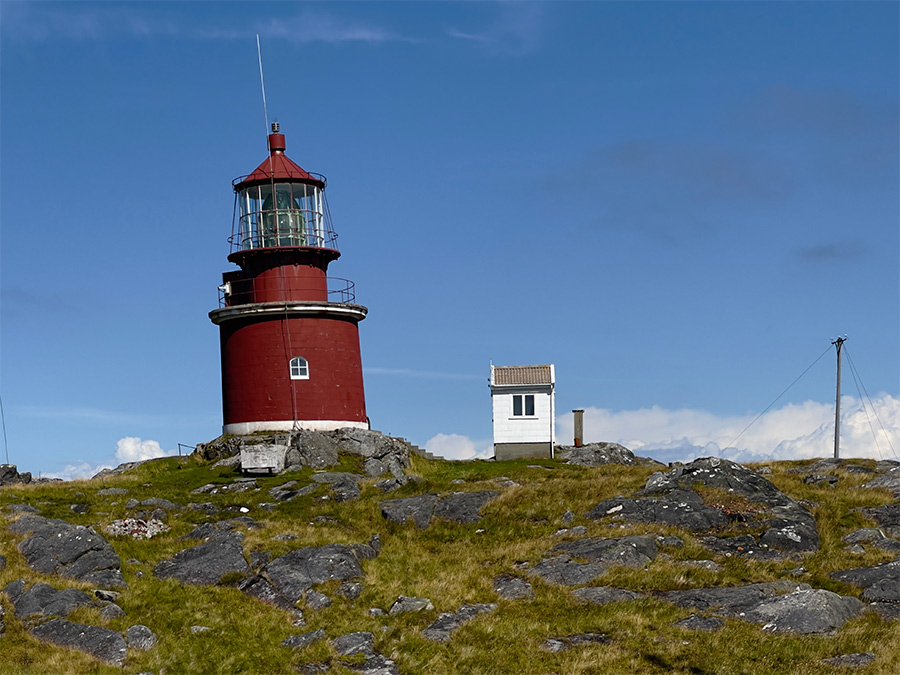

Other Articles You May Like from BSA:
As we enter into the languid sweaty city summer of your dreams and the cloud of concrete dust and carbon dioxide kicked up by passing cars settles onto your dewey skin, it's time to spend a few hours ...
Welcome to BSA Images of the Week! Ultimately people respond to graffiti and street art because of the humanity that vibrates from it. You may care deeply, or care not. If it is effective, ar...
Welcome to BSA Images of the Week! "Ramadan Kareem" to everyone celebrating it this month. Also in April the Jews will be celebrating Passover and the Christians will be celebrating Easter and...
It’s that time of the year again! BSA has been publishing our “Hot Lists” and best-of collections for more than 11 years every December. Our interests and understanding and network of connections ...
"Art is not a mirror held up to reality, but a hammer with which to shape it." - Bertolt Brecht Welcome to BSA Images of the Week! Our current reality appears quite bent, and ...
 BROOKLYN STREET ART LOVES YOU MORE EVERY DAY
BROOKLYN STREET ART LOVES YOU MORE EVERY DAY